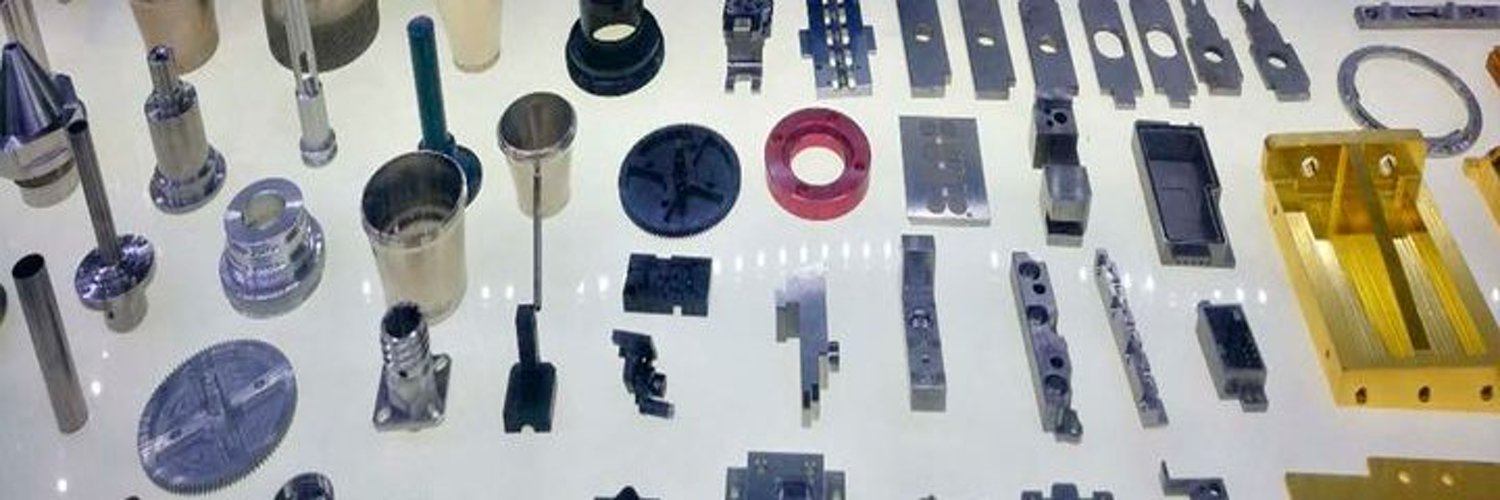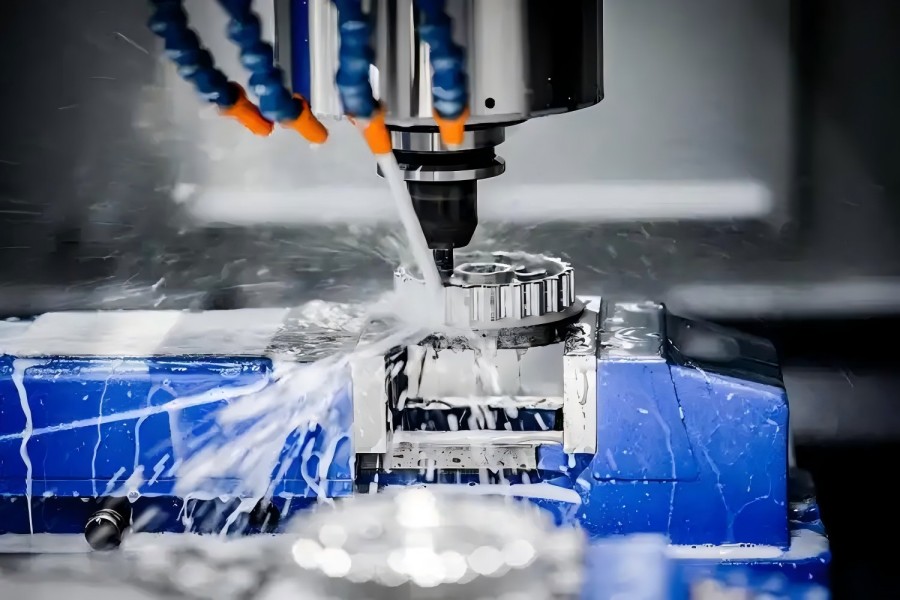- Guangzhou Sinoth Import and Export Co., LTD
Tel: 020-8968-8980
Website:www.gzsynoth.com
Email: belinda@dginfa.com(24 hours online)
Phone: +86 189 2740 6786
Address: No 5, Jinshi Three Street, Shiling Town, Huadu District,Guangzhou City, Guangdong Province
The characteristics of precision machining and ultra-precision machining can be described from the following aspects:
High precision of processing equipment: precision machining and ultra-precision machining equipment usually has high precision, and its geometric accuracy is close to the submicron level. For example, the precision requirements of parallelism, perpendicularity and coaxiality of ultra-precision machining equipment are very high, and even reach the sub-micron level.
Strict processing environment: precision and ultra-precision machining needs to be carried out in an ultra-stable processing environment, mainly including three aspects of constant temperature, anti-vibration and ultra-clean conditions. Constant temperature can prevent the impact of temperature changes on the processing accuracy, anti-vibration is to reduce the interference of internal and external vibration on the processing quality, and ultra-clean is to prevent the impact of dust on the processing surface.
Small cutting depth: in precision and ultra-precision machining, the cutting depth is usually less than the grain size of the workpiece material to ensure the high quality of the machined surface.
Workpiece material requirements: The workpiece material needs to have uniformity and consistency, and no internal or external microscopic defects are allowed to ensure processing accuracy and surface quality.
Precision measurement: precision machining and ultra-precision machining require high precision measurement technology. The accuracy of the measuring instrument is generally an order of magnitude higher than the machining accuracy of the machine tool to meet the requirements of nanoscale detection.
Widely applied fields: precision machining technology is widely used in machinery, automobile, semiconductor, aerospace and other industries, which can greatly improve the precision and quality of products and enhance the competitiveness of products. Ultra-precision machining is mainly used in areas requiring extremely high precision, such as computers, modern communications, film and television communication.
To sum up: the biggest feature of precision and ultra-precision machining is its high precision, which can realize the processing of small errors and improve the accuracy of the workpiece to a very high level.



